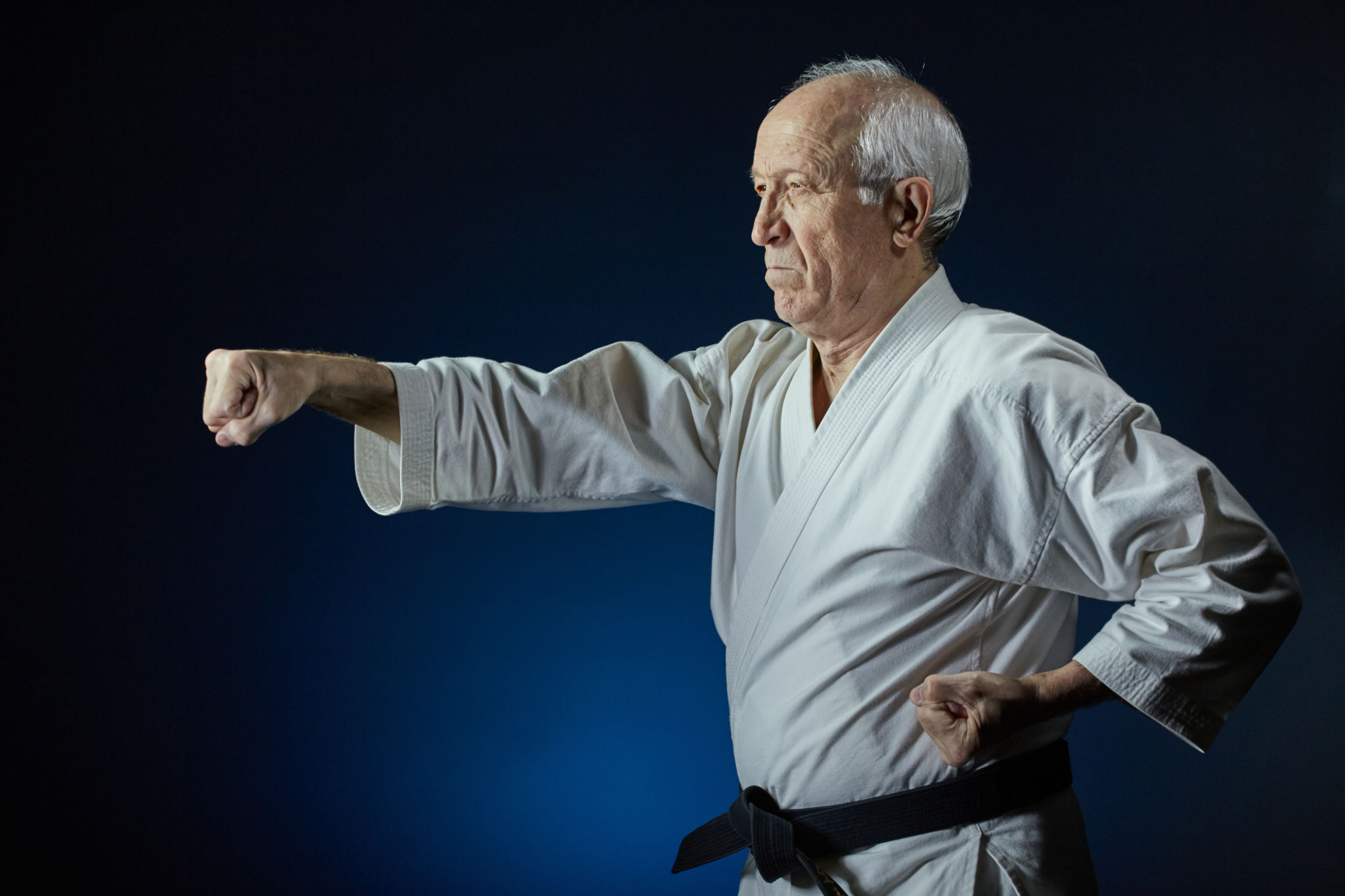Debunking Common Martial Arts Myths: What You Really Need to Know
Unpacking Martial Arts Myths
Martial arts have been a part of human culture for centuries, offering not just a means of self-defense, but also a path to personal growth and discipline. Yet, numerous myths and misconceptions continue to cloud the world of martial arts. In this post, we aim to debunk some of the most common myths and present what you really need to know.

Myth 1: Martial Arts Encourages Violence
A prevalent myth is that learning martial arts fosters aggression and violence. In reality, martial arts emphasize self-control, respect, and discipline. Practitioners are taught to use their skills responsibly and often find that their training leads to improved patience and conflict resolution skills.
Most martial arts programs focus on self-defense rather than promoting offensive action. The primary goal is to equip individuals with the ability to protect themselves while instilling a sense of peace and respect for others.
Myth 2: Martial Arts is Only for the Young and Fit
Another common misconception is that martial arts is only suitable for young, athletic individuals. In truth, martial arts can be practiced by people of all ages and fitness levels. Many disciplines offer various levels of intensity and complexity, allowing everyone from beginners to seasoned athletes to participate and benefit.

Whether it's a child learning confidence, an adult seeking stress relief, or a senior looking to maintain flexibility, martial arts provide diverse benefits that cater to different needs.
Myth 3: You Need to be Flexible to Practice Martial Arts
While flexibility can enhance performance in martial arts, it is not a prerequisite. Flexibility improves over time with consistent practice. Training in martial arts naturally increases range of motion and strengthens muscles, leading to better flexibility regardless of your starting point.
Many martial arts classes incorporate stretching routines that gradually improve the body's flexibility while reducing the risk of injury.

Myth 4: Martial Arts is Only About Physical Strength
Some people believe that martial arts is solely focused on building physical strength. However, mental fortitude plays an equally important role. Martial arts training enhances concentration, mental clarity, and emotional resilience.
Practitioners often experience a surge in confidence and mental well-being, which extends beyond the dojo into everyday life. The discipline required in martial arts fosters a strong mind-body connection that benefits overall health.
Myth 5: All Martial Arts Styles are the Same
It’s easy to assume that all martial arts styles are the same, but this couldn't be further from the truth. Each discipline has its unique techniques, philosophies, and cultural backgrounds.
- Karate: Focuses on powerful strikes using hands and feet.
- Judo: Emphasizes throws and grappling techniques.
- Tae Kwon Do: Known for dynamic kicking techniques.
- Aikido: Uses an opponent's energy against them through joint locks and throws.

Choosing the right style depends on personal goals and preferences, whether it's self-defense, fitness, or cultural interest.
The Truth About Martial Arts
The world of martial arts is rich with diversity and benefits that go beyond physical prowess. By debunking these myths, we hope to encourage more people to explore the transformative power of martial arts training. Whether you're looking to boost your physical fitness, mental resilience, or personal discipline, there's a martial art out there for you.